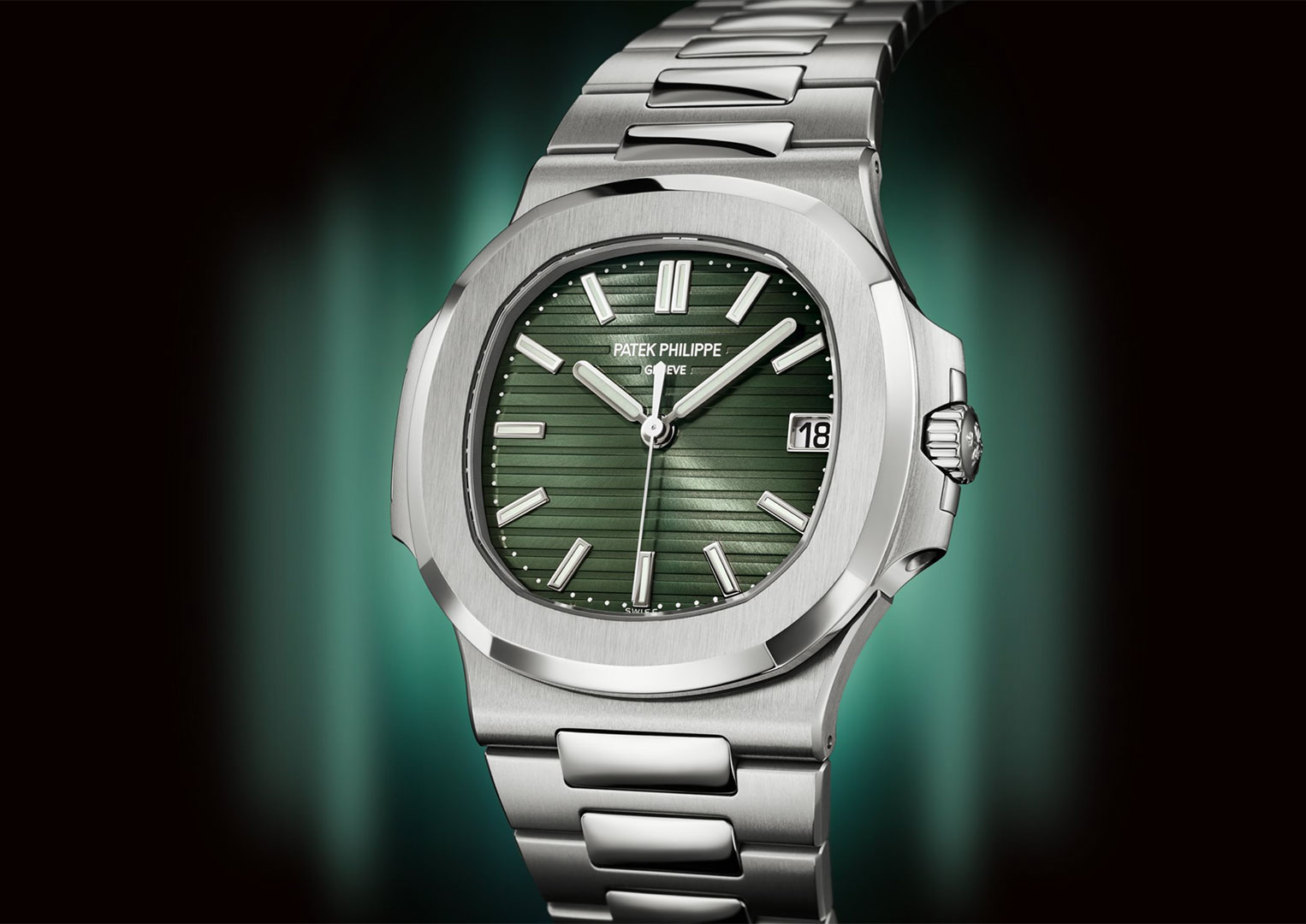Feature: Why Do Luxury Watch Brands Love These Numbers?
Glance at the dial of any watch advertisement and the model being promoted will invariably have its hands positioned at ten past ten. But what if it also has a date aperture? The number on display in that discreet little window surely doesn’t matter one iota, does it?
Setting the time to ten past ten is, of course, purely a matter of aesthetics. It’s not because of some bizarre superstition, or the hands in the ten past ten position resembling a smile, as opposed to, say, twenty past eight, which resembles a frown (what are we, five-year-olds ?).
With most watch complications being displayed in the bottom half of the dial, having the hands set at ten past ten—and thus in the top half—avoids obscuring the more interesting bits of the watch. Today, it’s standard procedure.
But date apertures? Prepare to enter a world of intrigue…
Eight Carries Weight
Next time you’re flicking through a glossy lifestyle mag, pick out the ads for watches with date windows and make a note of the number. The chances are they’re set at the number 28.
This is by far the favourite number and is used in all campaigns by long-established luxury brands including Rolex, Omega, IWC, Panerai and Tudor

Look at any advert for a Rolex model with a date window and it'll be set to 28
The second most common number is 8, used by luxury watch brands including Bremont, Montblanc, Tissot, Breitling and TAG Heuer. Patek Philippe, however, favours 18, while there’s no such conformity over in Glashutte, Germany, where the two most prestigious companies, A. Lange & Söhne and Glashutte Original, eschew the number 8 altogether and plump for 25.
Typography And Tradition
So now we know which brands favour what numbers for their date apertures. Yet the question remains: why? There are no definitive answers, but certainly the number 8 takes up the most ink—meaning it’s the best placed number for demonstrating legibility. There’s also the fact that it resembles an upright infinity sign, with its powerful connotations of time.
As for 28, if you want to show two digits, there is no 88, so 28 uses up more ink than 18. Again, it’s all about legibility, using the ‘fullest’ number—in a strictly typographical sense, of course.

A. Lange & Sohne pays its respects to its founder by invariably using his birthdate
With A. Lange & Söhne, however, the reason they use the number 25 is fascinating. On October 24th 1994 it hosted its official press conference announcing the re-launch of the company. At the event, company founder Walter Lange and his business partner Günter Blümlein showed the first four timepieces of the new era. Because the daily newspapers those days ran the story in their next-day editions, the outsize date on the watches had been set to 25. Since then, this number has been shown on all photos of every Lange watch with an outsize date display.
Coincidentally, the company’s founder, Adolf Lange, was born on the 25th February 1815, and town neighbour Glashütte Original, in a touching act of solidarity, also uses 25.
You might think, with no real need for such uniformity, that it might be a chance for other watch brands to commemorate an important milestone in their history.
Perhaps Rolex could have used 22, the birthdate of their co-founder Hans Wilsdorf. And God knows Omega likes to remind us of its Apollo 11 endeavours, so why doesn't it use 11, or maybe 20, the date in July 1969 that the Speedmaster became the first watch on the Moon?
As for Patek favouring 18, it’s something of a mystery. Perhaps it’s because it’s the year we come of age, thus gaining the emotional maturity to wear such an esteemed brand on our wrist.
Although, let’s face it, at that age, most of us would rather spend on our money on the latest limited edition Nikes and a nifty set of wheels.

In Patek Philippe adverts, expect the watch to be set to the number 18
The Chinese And The Greeks
Another explanation for the use of the number 8 is that it’s considered a lucky number to many Asians, especially the Chinese, as is 28. And watch brands have long considered the Chinese market hugely significant for growth.
Any maths boffins out there might also know that way back in 300 BC the Greek mathematician Euclid deemed 28 a ‘perfect number’. A perfect number is one whose divisors—in this case, 1, 2, 4, 7 and 14—add up to that number. Interestingly, perfect numbers are not only rare in maths, they all end in 6 or 8.
So next time you see a watch advert, take a look at the date aperture on the dial. It may tell you a little about the brand itself. Is it sentimental, practical, cerebral?
Or maybe it’s doing what many luxury watch brands do and simply following the crowd.
Looking for a pre-owned Rolex watch? Click here to shop now
Looking for pre-owned Rolex finance? Click here to shop now
Looking for a pre-owned Patek Philippe watch? Click here to shop now
Looking for pre-owned Patek Philippe finance? Click here to shop now



